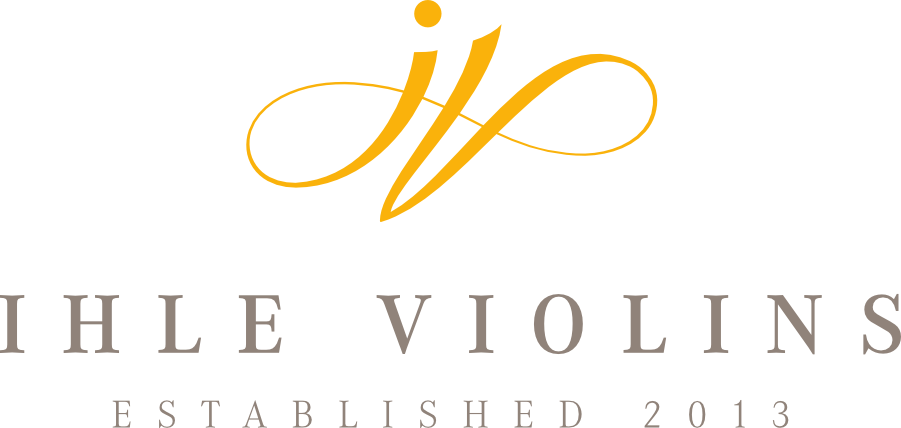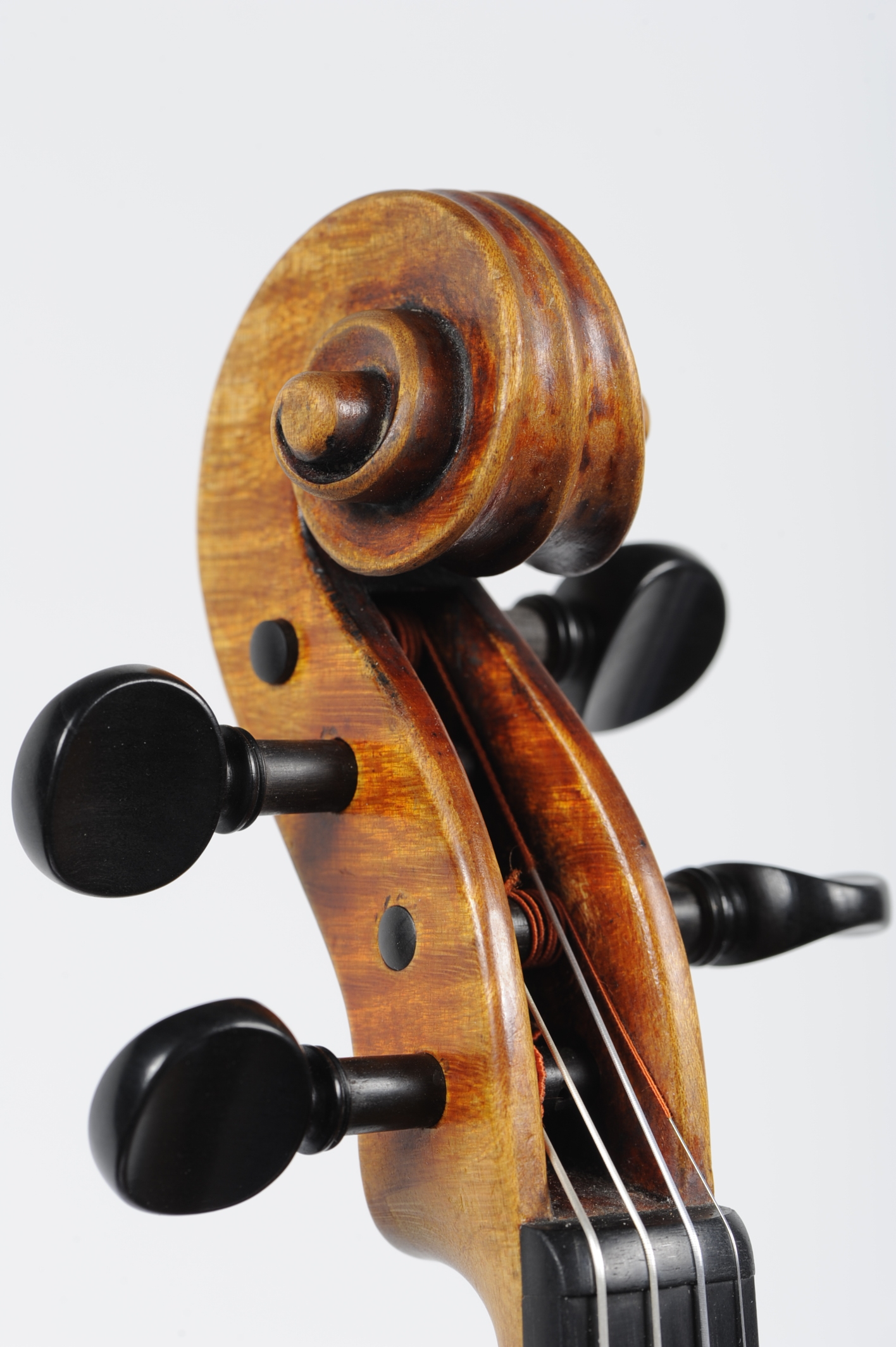21st century violin search
Violinist Kyoko Takezava and Fan Tao
Sunday morning, September 16, in a small terraced house in Cricklewood there was a loud scream of joy, “I won a competition in Americaaaa!” and three approving echos joined in from different parts of the house. Tomoko took a picture of me as the winner in his pajamas - which I am certainly not going to post here! Instead, these are pictures of the violin that made it through the rigorous selection process in Indianapolis:
When I picked up my phone from the charging station in the living room this morning, it greeted me with, “you won big price here…” My friend Feng had texted me on WhatsApp.
The International Violin Competition of Indianapolis had run a rigorous, systematic testing process in order to source a couple of excellent violins for their laureates. It took place simultaneously with their violin competition, and they called it the 21st-century violin search. And yesterday, minutes before announcing this year’s laureates, Mr. Glen Kwok, executive director of the competition, announced that they had chosen the violin of my colleague Paul Crowley and the one I had sent in. This was a “Betts” model Stradivari “finished” in 2013 and build on the PG form.
I started the violin when I was preparing to participate in my first Oberlin violin making workshop in 2011. I built the ribs after hours at Florian Leonhard’s workshop in Frognal lane, London. That year we were going to have the 1704 “Betts” Stradivari violin at the workshop in Oberlin to study and I mistakenly guessed that it had been made on Stradivari’s PG form, so that is the form I used to build this one. During the workshop Benjamin Ruth made a convincing argument that the 1704 violin was actually much more likely to have come off the P- form instead.
During the workshop 2011 and 2012 I worked on this violin and there is not one square millimeter of the violin that has not been influenced by the precious advice of the many colleagues who worked with me and discussed its building with me during these inspiring weeks. Particularly the arching and the back of the peg-box were much more informed then if I had made the violin on my own at home. The violin is branded internally with the fire-marks Oberlin 2011 and Oberlin 2012. A further memory of the workshops is the plain, unflamed neck: in my usual fashion, I had planed to graft the neck to the volute but had forgotten to bring the material. When I asked around, Eugene Holtier kindly gave me a spare neck block. Yes, more then half of this 21st-century violin was made in the USA!
In November 2011, after the birth of our daughter, we moved to Switzerland. I varnished the violin there, stripped it during a visit at Stephan’s place in Paris and re-varnished it once more after setting up my own workshop in London. By the time of it’s completion it had a similar travel history to some master student of violin performance… it had been forged in several of the hottest ovens of the early 21st century!
I had made many violins in my positions in London and Switzerland, but this was the first I made and sold in my own name in many years. It went to the Italian student Elena Abbati, she was studying with Julia Schroeder at Freiburg at the time and went on to the conservatoire in Basel after that. The pound was strong back in 2014, I sold it for GBP 15000. Although my sterling price is a lot higher these days, my violins sold through dealers in the US and Switzerland have only gone up moderately.
The bridge is the unique model developed by Mark Wilhelm in Switzerland. He made it about a year after I sold the violin, along with a new post and some fine adjustment to the fingerboard to help Elena out when the violin was not working at its best and London was too far to travel. After getting the violin back, I tried it with a couple of my more conventional bridges, but it simply works best with Mark’s.
About a year ago, Elena brought the violin back because she had found a violin that suited her better. She finally released it in March and we agreed that I would resell it for her at my current price and keep a commission of 18%. I offered it to Mia Cooper, whose turn had come on my waiting list. She leads one of the national Irish orchestras and really liked it, but decided instead on a brand new violin of mine, because she liked the idea of it.
During the months we had the “Betts” back in our London workshop, we continued to work on it: we tested fingerboards of various materials on it and when fine-tuning it with my team in the workshop, we found that it worked better with the conventional nylon tail-gut rather than the Kevlar, I generally prefer. It also got a good beauty treatment from Gianmaria, he cleaned off about a third of the patina, I had patiently applied five years ago…
While writing all of this, I realize what a truly unique violin this is: Its delivery has been helped by many trusted colleagues. Its sale facilitated the crucial first months of my new business but, ironically, it also is the first violin a client has returned to me because she found a violin that suited her better.
This violin is also an excellent example that an instrument is never finished, although the sale of a violin marks the most distinct transition towards this category, it is only the beginning of a new chapter.
Further reading:
https://www.violinist.com/blog/laurie/20189/27462/
Video of the winners announcement:
https://www.facebook.com/theviolinchannel/videos/535843650172279/







